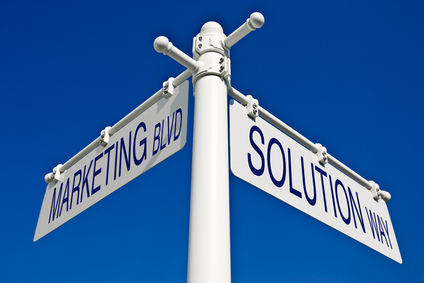Forrester Research estimates that almost half of all B2B marketers close fewer than 4 percent of marketing generated leads. The bulk of the sales now come from sources such as referrals, upsells and repeats, which are outside the conventional funnel. The focus of new-age marketers is therefore customer lifecycle marketing, or engaging the prospect throughout the marketing lifecycle rather than placing leads in a funnel and passing them on to sales.
But even when marketers realize that the conventional funnel is passé and customer lifecycle marketing is the new mantra to boost sales, making the transition is easier said than done.
The basic requirement for marketers is to understand the different stages of the marketing lifecycle. The marketing lifecycle has two broad stages: the lead stage, when the prospect is considering the purchase, and the customer phase, which is after the sale has taken place. For the marketer, the lead engagement phase involves initiating engagement, taking the engagement further by helping the customer make an informed decision, and finally converting the prospect.
Unlike before, the marketer’s work does not end when the customer is passed over to sales or makes the purchase. The marketer continues to the customer engagement phase where the focus is on educating the customer on how to use the product or service and helping the customer realize maximum value and thereby converting the customer as a brand advocate.
Adopting the following steps would allow marketers to implement customer lifecycle marketing smoothly:
1. Defining the customer lifecycle marketing programs, to lend clarity on how and what the marketer would communicate to a prospect at each stage of the marketing life cycle.
2. Defining the campaign and tactic for each marketing program, or sequencing and scheduling specific programs for specific campaigns, triggered on specific situations.
3. Defining the target audiences on behavior, demographics, lead score and other attributes.
4. Define the communication methods and the specific offers or call to action for each step in each campaign, aimed at making the customer progress in the marketing life cycle stage.
The best tool for the marketer is a sound marketing automation solution that provides the marketer with insight into the customer and rich analytics that makes explicit the progress at each stage. How can you market to your customers if you don’t have insight into them?

